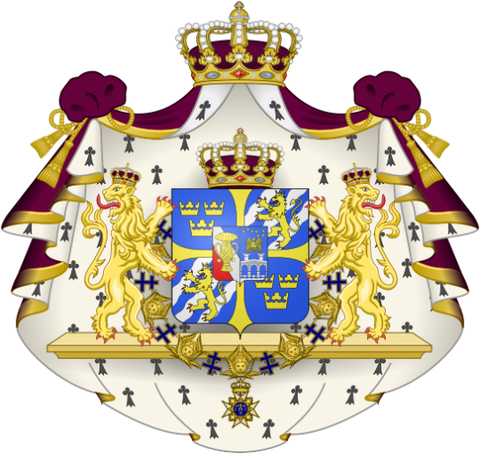National Arms, part 7, Sweden
SWEDEN NATIONAL COAT OF ARMS The Swedish people renounced their allegiance to King Erik of Pomerania in 1436, as a result a new State Seal was required. The Seal decided upon depicted the patron saint of Sweden, St. Erik, wearing body armor with an open crown on his head; his left hand supports a shield charged with three crowns arranged two above one.The motto around the Seal reads Sanctus Ericus svevorum gothorum rex Sigillum Regnier Svecia “ Eric the Saint, Swedes and Geats King Svea Reich sea “, and this makes it very clear that these are the Arms of Sweden only. They have finally been accepted to represent the country. In 1446 King Karl Knutsson Bonde ( image left...



